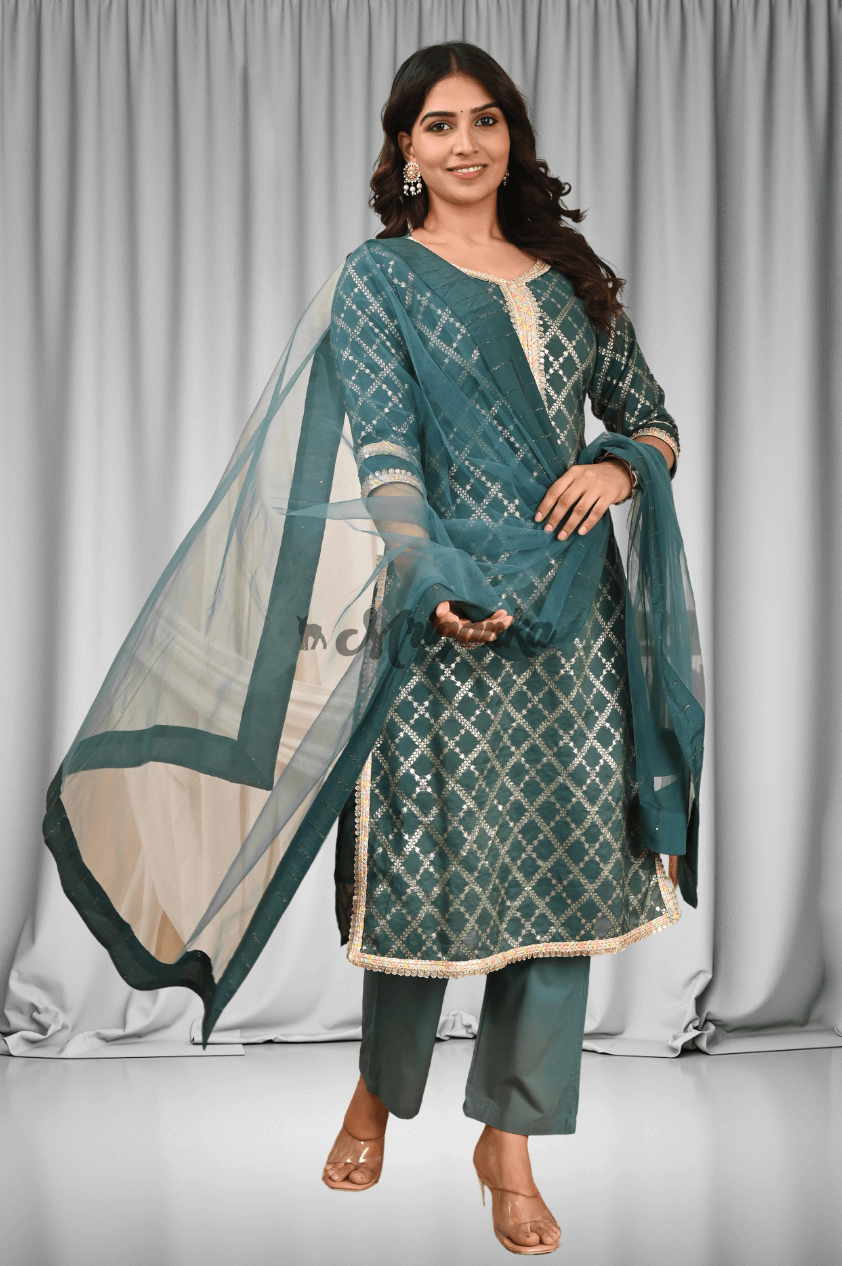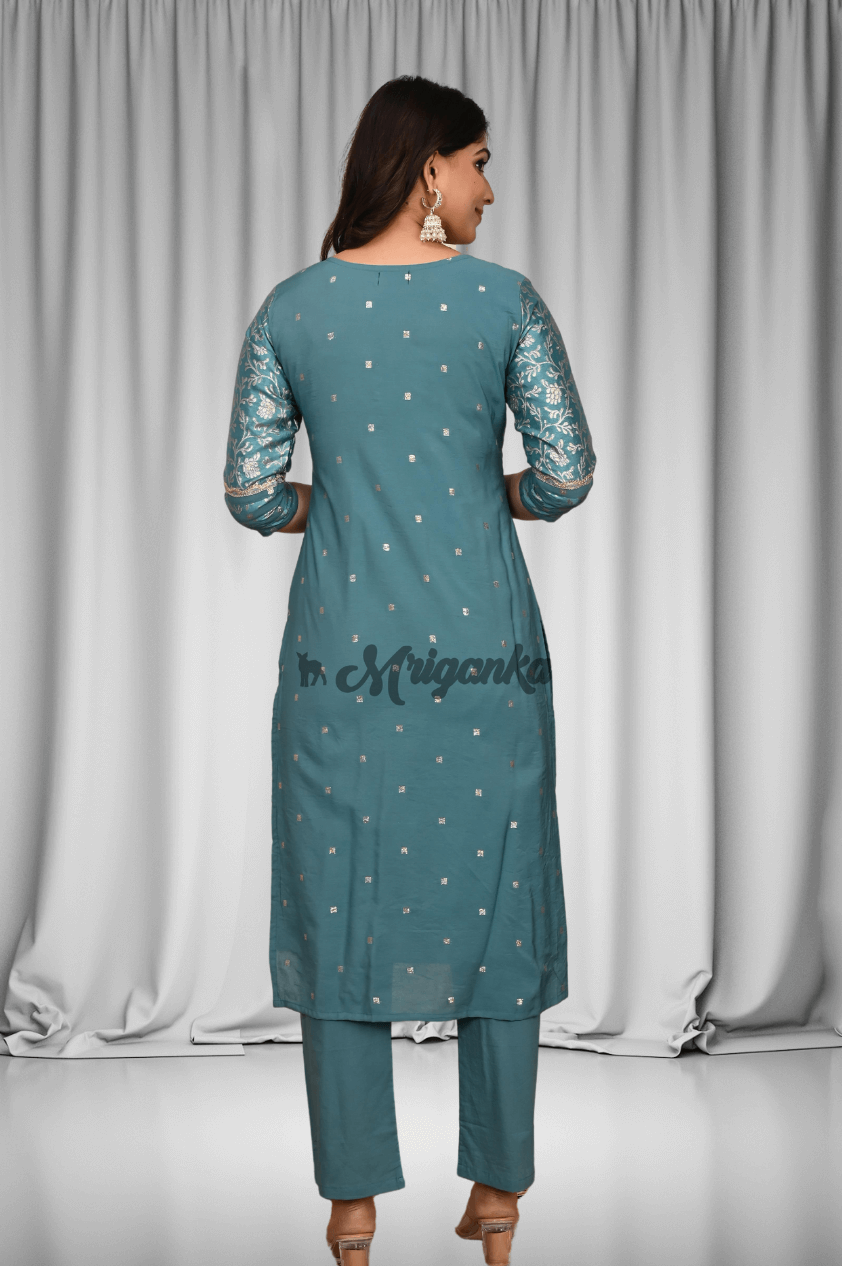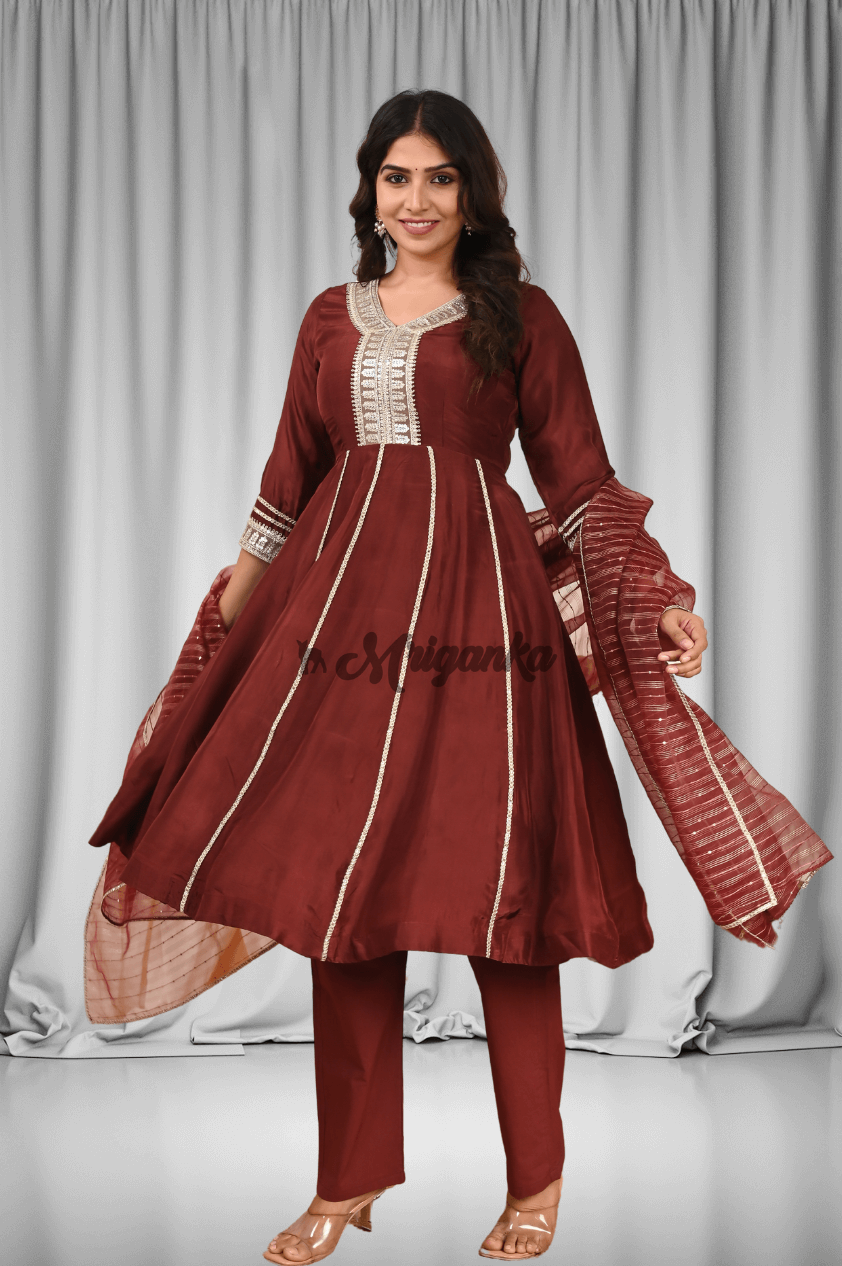The History of the Kurta: A Cultural Journey
The History of the Kurta: A Cultural Journey
The kurta, a traditional garment worn by women in South Asia, has a rich cultural history that dates back centuries. From its humble origins to its modern interpretations, the kurta has evolved over time while retaining its significance in fashion and tradition.
Origins of the Kurta
The origins of the kurta can be traced back to ancient India, where it was worn as a loose, collarless shirt by both men and women. The word "kurta" is derived from the Persian word "kurtaka," which means a collarless shirt. Over time, the kurta became a popular choice for women due to its comfort and simplicity.
Evolution of the Kurta
As centuries passed, the kurta evolved in style and design. Different regions in South Asia developed their own variations of the kurta, incorporating unique patterns, fabrics, and embroidery techniques. The garment became a symbol of cultural identity, with each region showcasing its distinct aesthetic through the design of the kurta.
Cultural Significance of the Kurta
The kurta holds great cultural significance in South Asia, where it is worn on various occasions such as weddings, festivals, and religious ceremonies. In countries like India, Pakistan, Bangladesh, and Nepal, the kurta is considered a staple in every woman's wardrobe, representing tradition and elegance.
Traditional Women's Clothing
Traditionally, the kurta is paired with a loose-fitting trouser known as salwar or churidar, along with a dupatta, a long scarf that is draped over the shoulder. This ensemble is commonly referred to as a salwar kameez and is a popular choice for women in South Asia for both casual and formal occasions.
Kurta Fashion
Over the years, the fashion industry has embraced the kurta, with designers incorporating modern trends and styles into traditional designs. The kurta has become a versatile garment that can be dressed up or down, making it a popular choice for women of all ages.
Kurta Design and Embroidery
Kurta designs range from simple and elegant to intricate and heavily embroidered. Embroidery techniques such as zari, resham, and mirror work are commonly used to embellish kurtas, adding a touch of glamour to the garment. Each region in South Asia has its own signature embroidery style, making every kurta unique.
Kurta Traditions
In some regions of South Asia, the kurta is handed down from generation to generation as a family heirloom. These kurtas often feature traditional embroidery patterns and are worn on special occasions to honor the family's heritage. The passing down of kurtas symbolizes the continuity of tradition and culture within the family.
Modern Interpretations of the Kurta
In recent years, the kurta has received a modern makeover, with designers experimenting with new silhouettes, fabrics, and colors. Western influences have also made their way into kurta designs, resulting in fusion styles that blend traditional and contemporary elements. The modern kurta is a reflection of changing fashion trends while still paying homage to its cultural roots.
Women's Kurta Trends
Trends in women's kurtas have evolved over time, with different styles gaining popularity depending on the season and occasion. Long kurtas with side slits, high-low hemlines, and asymmetrical cuts are some of the current trends in women's kurta fashion. Pastel colors, floral prints, and geometric patterns are also in vogue, catering to the diverse preferences of modern women.
The Cultural Journey of the Kurta
The kurta's cultural journey is a testament to its enduring popularity and relevance in South Asian fashion. From its humble beginnings to its modern interpretations, the kurta has remained a symbol of tradition and style for generations of women. Its evolution over time reflects the changing tastes and preferences of society while preserving the essence of its cultural heritage.
In conclusion, the history of the kurta is a fascinating chronicle of how a simple garment has transcended time and trends to become a timeless piece of fashion. Its cultural significance, traditional roots, and modern interpretations make the kurta a beloved attire for women in South Asia and beyond.
Share this post:
















